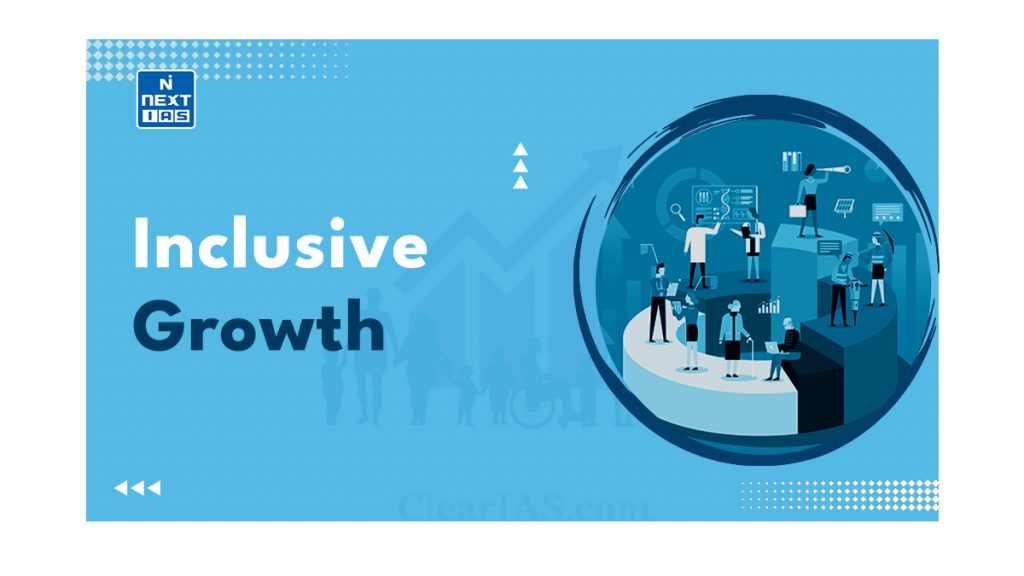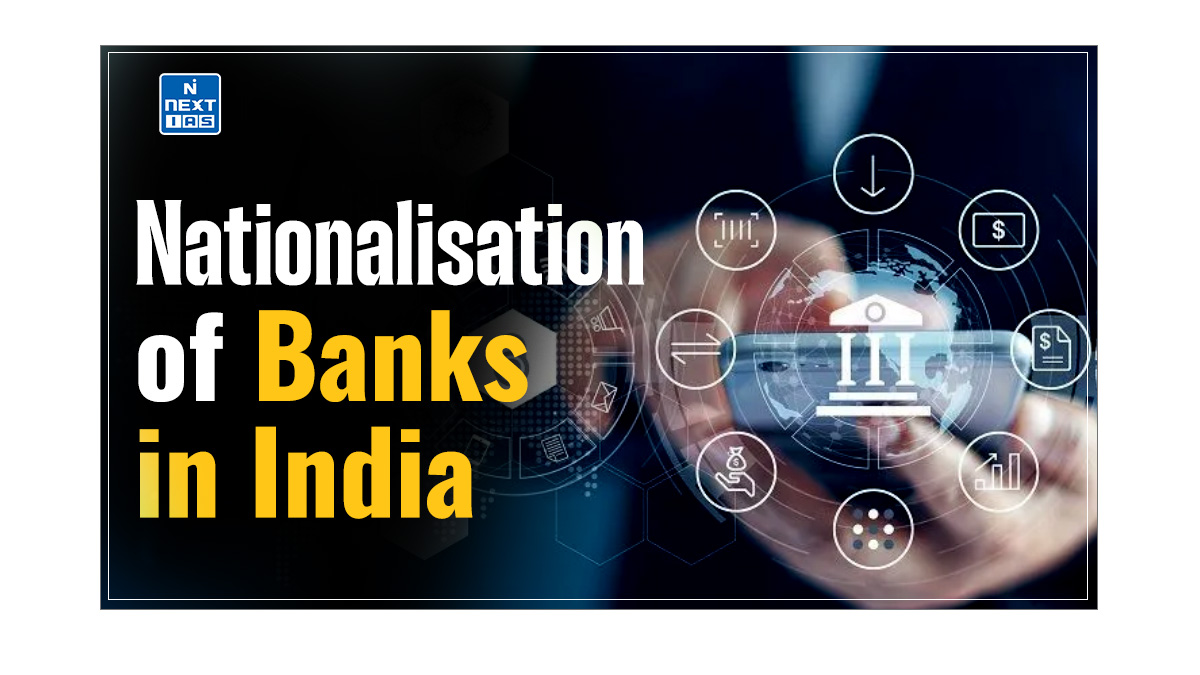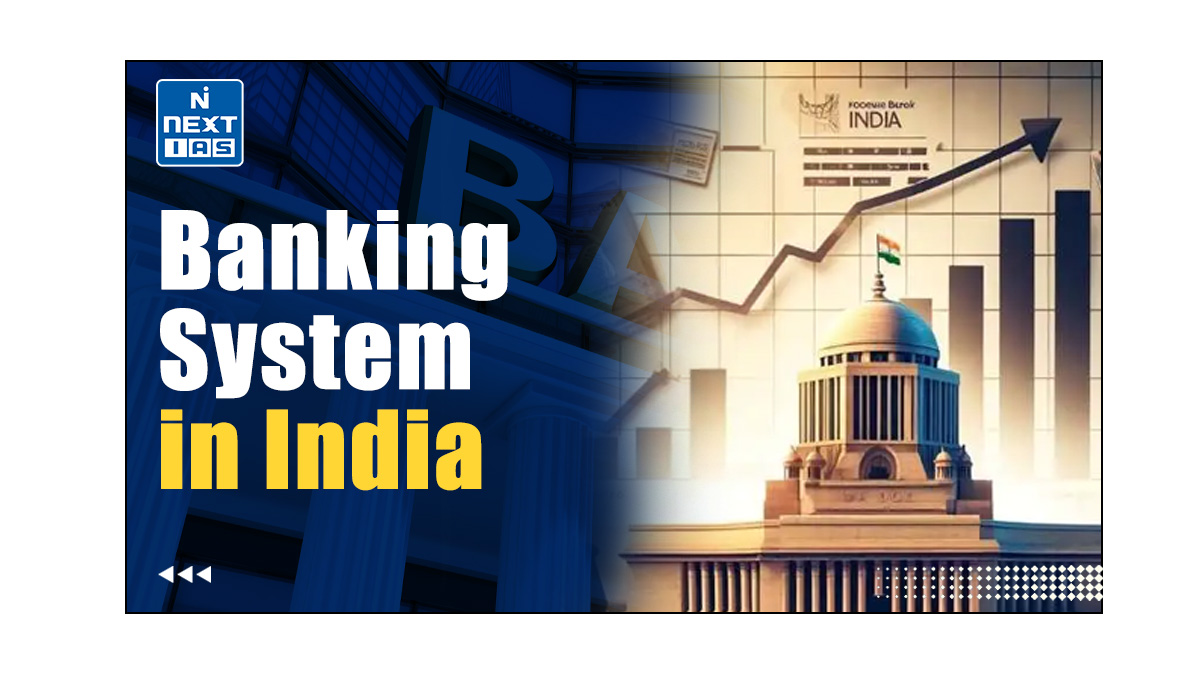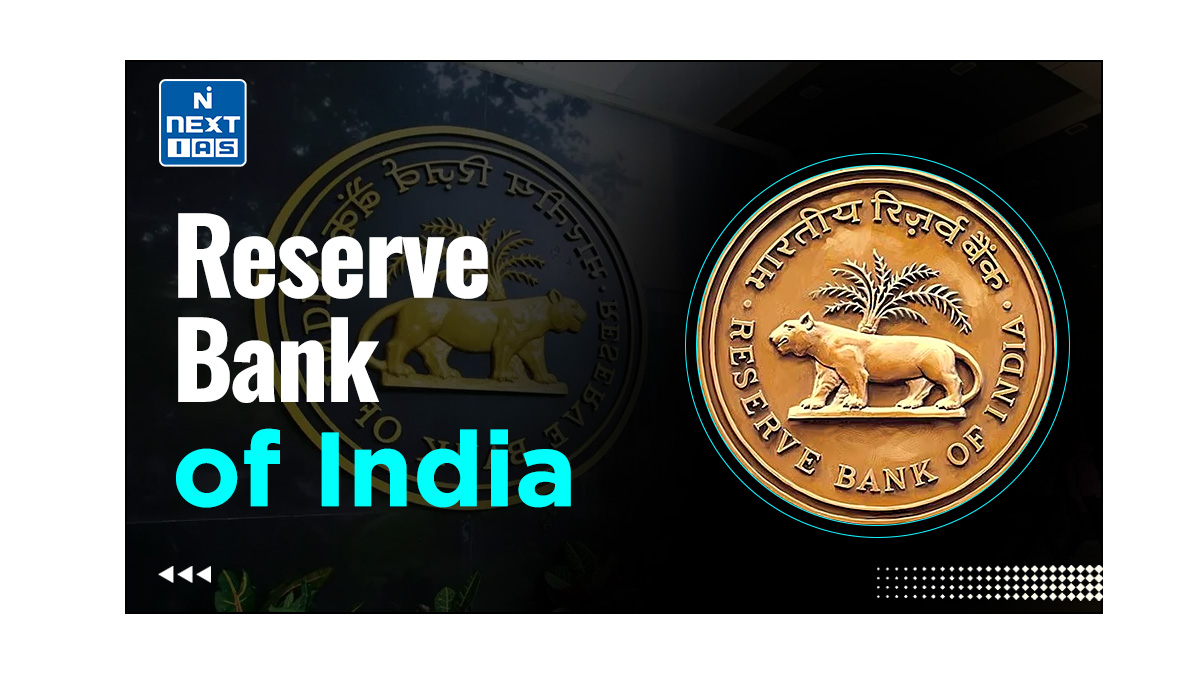
Inclusive Growth is about making sure that everyone benefits from economic growth and that poverty is reduced. It’s not just about growing quickly, but also about how growth is achieved and how it can create jobs and reduce poverty. This article aims to provide a comprehensive overview of the Inclusive Growth and it’s Factors, Policies & Measures for Promoting Inclusive Growth in India.
- Growth should benefit a large part of the country’s workforce. Inclusiveness means giving everyone an equal opportunity to access markets, resources, and a fair regulatory environment for businesses and individuals.
- Strategies for inclusive growth need to be tailored to each country’s specific circumstances.
- The main focus is on creating productive employment rather than simply redistributing income. So, it’s not just limited to creating more jobs but also about increasing productivity.
- It is usually driven by market forces, with the government playing a role in facilitating and supporting the process.
Factors Affecting Inclusive Growth
Inequality
There are fundamental inequalities in society that cannot be explained by individual differences.
- Socioeconomic and political structures play a role in sustaining these inequities, hindering development.
- Inclusive development aims to address these inequities and promote fairness.
- Growing inequity in the context of rapid globalization poses new challenges to inclusive development.
- Groups historically excluded and underserved, including minorities, women, people with disabilities, and the economically disadvantaged, need to be included for sustainable development with equity.
Social Exclusion
Social inclusion/exclusion is complex and tied to the social and relational context of individuals.
- Social structures promote inequality and exclude certain individuals from participating in social life.
- Marginalization and exclusion exist even in economically developed countries, affecting opportunities for certain groups.
Poverty
Exclusion impacts the poor the most, and the more profound the exclusion, the more devastating the impacts.
- Poverty is not just about income; it encompasses multiple dimensions of deprivation.
- The poor have limited participation in decision-making and struggle to claim a share of development.
- Inclusion enables the poor to enhance their capabilities, become more productive, and increase their income.
Disparity
Disparities in the region, gender, caste, and class are widespread and influenced by natural, socio-cultural, and policy factors.
- Natural factors such as geography, climate, and resources affect economic development potential.
- Socio-cultural factors, like values and traditions, can either encourage or discourage social and economic mobility.
- Policy decisions by governments can also contribute to disparities, favoring certain groups or regions.
- Inclusive development aims to address these disparities and promote equity.
Displacement
Forced displacements, with their socio-economic and cultural effects, hinder development.
- Displacement leads to significant losses, suffering, and resistance movements.
Policy Measures for Inclusive Growth in India
Constitutional Provisions: The Indian Constitution has inclusive clauses to prevent discrimination.
- Article 15 prohibits discrimination based on religion, race, caste, sex, or place of birth.
- Article 16 emphasizes equal opportunities for employment and office under the State.
- Article 16(4) allows for reservation in promotion for Scheduled Castes and Scheduled Tribes.
- Article 16(5) Nothing in this article shall affect the operation of any law which provides that the incumbent of an office in connection with the affairs of any religious or denominational institution or any member of the governing body thereof shall be a person professing a particular religion or belonging to a particular denomination.
- Article 16(6) Nothing in this article shall prevent the State from making any provision for the reservation of appointments or posts in favour of any economically weaker sections of citizens other than the classes mentioned in clause (4), in addition to the existing reservation and subject to a maximum of ten per cent. of the posts in each category.
National Rehabilitation Policy: The government of India has formulated the National Rehabilitation Policy to provide welfare measures for displaced persons.
Women Empowerment:
- Commissions and organizations like the National Commission for Women (NCW) and the National Council for Empowerment of Women have been set up.
- Reservation of seats in Local Self Government Institutions promotes gender inclusiveness.
Reservation Policies: Reservation for Scheduled Castes, Scheduled Tribes, and Other Backward Castes (OBCs) exists in government educational institutions and jobs.
- Reservation of seats in Parliament and State Assemblies for SCs and STs promotes political inclusion.
- Minority Commissions have been constituted for the welfare of minority communities.
Mahatma Gandhi Rural Employment Guarantee Scheme (MGNREGS): Launched in 2005, the scheme provides guaranteed wage employment for 100 days to rural households.
- The scheme includes a minimum reservation of 33% for women and addresses irrigation facilities for Scheduled Castes and Scheduled Tribes.
Measures to Promote Inclusive Growth in India
Inclusive Growth requires a comprehensive approach that addresses various aspects of society, including education, healthcare, employment, infrastructure, and social equality. Here are some strategies to promote inclusive growth in India:
- Education and Skill Development: Enhance access to quality education and skill development programs for all sections of society. This includes improving the quality of government schools, establishing vocational training centers, and providing scholarships and financial aid to underprivileged students.
- Healthcare Accessibility: Ensure affordable and accessible healthcare facilities for all citizens. Increase the availability of healthcare infrastructure in rural and remote areas, and implement health insurance schemes to cover marginalized populations.
- Poverty Alleviation: Implement targeted poverty alleviation programs to uplift economically disadvantaged communities. This can include direct cash transfers, microfinance initiatives, and employment generation schemes.
- Rural Development: Focus on rural development by investing in agricultural infrastructure, irrigation facilities, and rural industries. Encourage sustainable agricultural practices, promote rural entrepreneurship, and provide financial support to farmers.
- Women Empowerment: Promote gender equality and empower women through initiatives such as education, skill training, and entrepreneurship programs. Ensure equal access to healthcare, legal support, and employment opportunities for women.
- Infrastructure Development: Develop robust physical infrastructure, including transportation, electricity, and connectivity, in both urban and rural areas. This improves accessibility, boosts economic activities, and reduces regional disparities.
- Inclusive Governance: Foster inclusive governance by encouraging citizen participation, promoting transparency, and reducing corruption. Empower local self-governments and involve marginalized communities in decision-making processes.
- Private Sector Engagement: Encourage corporate social responsibility (CSR) initiatives that focus on inclusive development. Encourage private companies to invest in social sectors and support community development projects.
- Sensitization and Awareness: Promote awareness and sensitize society about the importance of inclusivity and equal opportunities. Conduct campaigns, workshops, and educational programs to address stereotypes, biases, and discrimination.
Conclusion
In order to achieve faster economic growth and employment, India needs extensive growth, which means expanding its capacity. But for this growth to be sustainable and for jobs to be productive, there also needs to be intensive growth. For long-term sustainability, growth should happen in many different sectors of the economy which will increase the chances of inclusive growth in India.
India also needs to focus on structural transformation, which means diversifying the economy and moving away from relying on just one or a few sectors. It is essential to recognize that promoting inclusive development requires a multi-stakeholder approach involving the government, civil society organizations, the private sector, and communities working together to create sustainable and equitable development opportunities for all.
FAQs
What are the Pillars of Inclusive Growth?
The pillars of inclusive growth are economic growth, social inclusion, and environmental sustainability. Economic growth ensures increased productivity and employment opportunities, while social inclusion emphasizes equal access to education, healthcare, and social services. Environmental sustainability ensures that development is pursued in a manner that protects and preserves the environment for future generations.
What is the Concept of Inclusive Growth in India?
In India, the concept of inclusive growth aims to address the country’s socio-economic disparities by focusing on the equitable distribution of resources, reducing poverty, and providing access to basic services and opportunities for all citizens, particularly marginalized sections of society such as the poor, women, and disadvantaged communities.
What is the meaning of Inclusive Development?
Inclusive development refers to a broader concept that encompasses not only economic growth but also social progress and empowerment. It focuses on creating an enabling environment where all individuals can fully participate in and benefit from the development process, regardless of their socioeconomic background, gender, ethnicity, or other characteristics.
Did India Achieve Inclusive Growth?
India has made significant progress in achieving inclusive growth, but challenges remain. While there has been a reduction in poverty and improvements in education and healthcare access, disparities and inequalities persist. Efforts are ongoing to address these issues through various government initiatives and policies aimed at promoting inclusive development and ensuring equal opportunities for all citizens.






